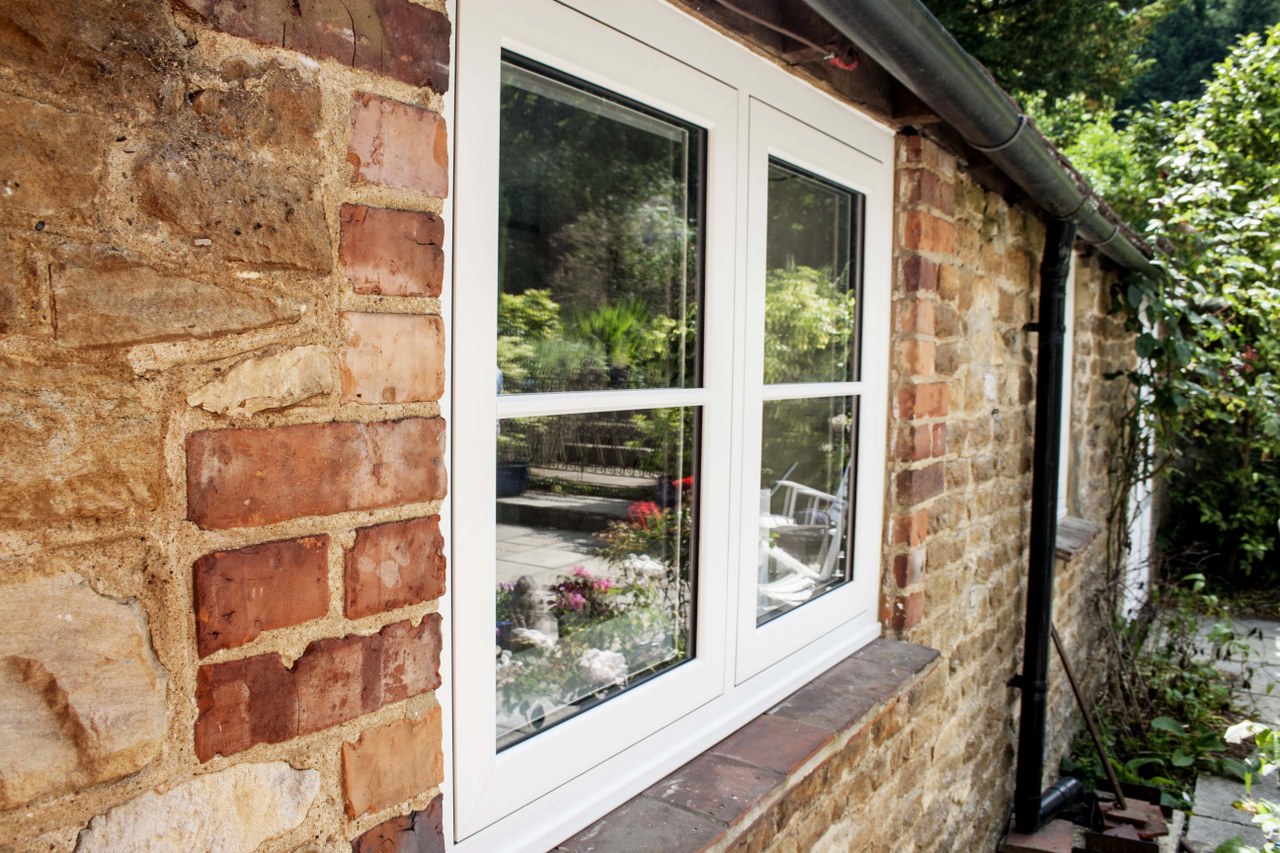Double-glazing has practically become the norm in new and recently renovated buildings.
Over the last few years, new types of double-glazing have been developed to suit various uses in the construction and home market. If your home is old or in dire need of a makeover, changing windows will definitely reduce your lighting, heating and cooling costs: the return on investment over the years is guaranteed, especially for larger properties.
Here is an overview of factors currently setting double-glazing windows apart from other models on the market.
- Thermal insulation: great for verandas and big open spaces
Thanks to its thermal insulation properties, double-glazing is ideal when big window panels are part of a project. Sliding sash windows are a great way to open the veranda onto your garden in the summer, and can turn it into a warm oasis over the cooler months.
Likewise, any other room can be transformed with just a few extra double-gazing windows into a light and airy space that won’t lose its cosiness in winter and will stay cool in the heat of the summer.
- Ecological?
It’s not just about comfort: double, even triple glazing is pretty much compulsory in order to improve the energy efficiency of your property and reduce your carbon footprint, as well as taking a considerable chunk off your energy bills.
There is an ongoing debate about the amount of savings that can actually be made thanks to double glazing windows. It all depends of the home size, the material and the installation: most studies agree it could actually take decades to save enough to cover the investment.
Windows with a low energy rating have the u-value displayed on the label. This value indicates how much heat can pass through a given material. The higher the value, the higher the impact in terms of wasting energy, so make sure to check it out prior to installing new windows.
- Keep the noise out
Noise travels more easily through a solid than through gas. Double and triple glazing are essentially panels of materials, separated by gas: the higher the gap, the better it is in terms of acoustic insulation.
- What’s next?
Double-glazing is affordable and relatively efficient but new materials are coming onto the market to challenge its popularity. Smarter window materials can now also control the amount of light that gets into your property.
Engineers at the Cockrell School of Engineering in Austin, Texas, are currently working on smart windows with a new level of energy efficiency and revolutionary materials. They will let the light through without transferring heat and they be will able to block the light while allowing heat transmission.
But before smart windows even go on sale, there are some more accessible options out there if you’re looking to control the light going through your windows. Tinted and reflective glazings, for instance, can be very effective when it comes to reducing the amount of light or heat entering a room.


